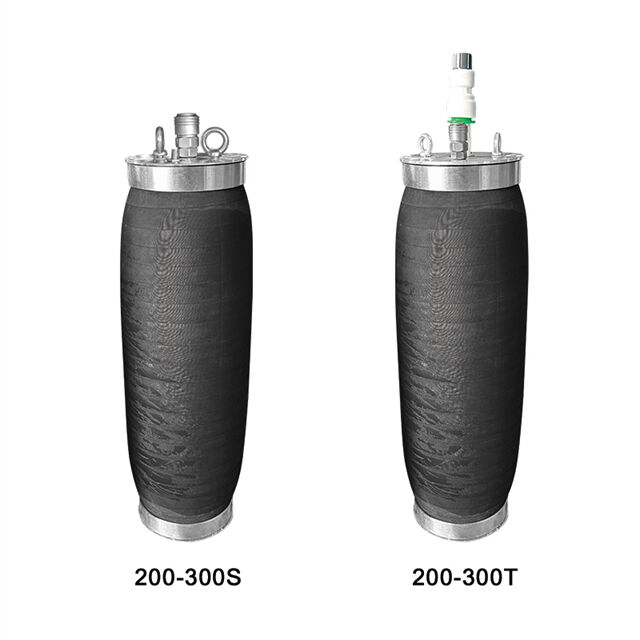Water stoppers are used in conjunction with construction adhesive joint sealing. And many want to know which one does a better job of keeping their homes safe and dry. In this article, we will review water stoppers and traditional sealing solutions to compare their effectiveness in preventing leaking.
What Are Water Stoppers & Modern Sealing Methods?
Water stoppers are specialized tools used to prevent water from seeping into buildings. They are typically constructed using thick rubber or plastic, so they are tough and long-lasting. Folks tuck these water pipe stopper balloon plug around areas where water can well, leak, as with pipes and windows. This makes a barrier that will not let water through. In the contrary, traditional sealing methods utilize materials such as caulk or sealant. These substances are utilized to patch up any small crevices or openings where water might enter. They also won't always provide as tight of a seal as their water-stopper counterparts, but can be effective.
Testing the Water Stoppers vs Conventional Methods
We wanted to know how well water stoppers stood up to traditional sealing methods, so we conducted an experiment in a basement with leaks. First, we put in water stoppers around the windows to keep any water from coming in. After that, we sealed everything that was and took care of any cracks in the walls. Once all of this was in place, we checked systematically for leaks in the basement every single day for a full month. That let us see how each method performed over time.
What Did We Find Out?
Our experiment showed that water stoppers were significantly more effective than the conventional sealing methods when it came to stopping leaks. The water stoppers very powerful seal kept all the water outside and the sealant sometimes failed at holding the water pressure. Often, the sealant would wear down or even break, allowing water to infiltrate through the cracks. This discovery was crucial as it showed how much more effective water inflatable stoppers are in solving the problem.
Water Stoppers vs. Traditional Sealants: the Better Choice?
From information learned during our experiment, we feel the best option to stop leaks building is water stoppers. They are not only intended for making structures watertight but but also to form a tight seal that cannot be easily compromised or worn out with time. Conventional sealants may be more readily available and less expensive, but their strength might not be enough to withstand water pressure, and they can erode over the years. the reason why water stoppers can save you a better for your home in the long run.
Pros and Cons of Each Method
Both water stoppers and traditional sealing methods have their pros and cons. A water stopper is good for blocking water and creating a strong seal, why it is typically suggested in water-stressed areas. The downside is that they tend to be more costly than most traditional sealants. Conversely, conventional sealants often are less expensive and simpler to use for small repairs. However, they don't necessarily stand the test of high water pressure in the long run, which can subsequently cause leakage.

 AR
AR
 BG
BG
 DA
DA
 NL
NL
 FI
FI
 FR
FR
 DE
DE
 EL
EL
 HI
HI
 IT
IT
 JA
JA
 KO
KO
 NO
NO
 PL
PL
 PT
PT
 RO
RO
 RU
RU
 ES
ES
 SV
SV
 CA
CA
 TL
TL
 IW
IW
 ID
ID
 SL
SL
 VI
VI
 SQ
SQ
 ET
ET
 GL
GL
 HU
HU
 TH
TH
 TR
TR
 GA
GA
 BE
BE
 BN
BN
 SO
SO
 HAW
HAW


